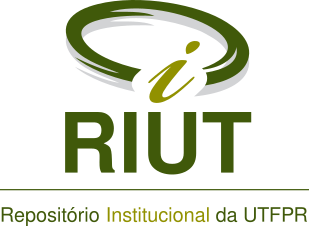Essential Oils Applied in Food: A Review
Resumo
Foods present an excellent intrinsic composition to the development of microorganisms with broad range of pathogenic species, undesirable for consumer health. Given this reality and seeking new natural techniques for food preservation, the addition of essential oils becomes a potential bio conservation system, capable to extend food shelf life. This paper aims to report what has been researched using essential oils of vegetable origin, their properties and their incorporation as antimicrobial components in food. Essential oils have different bioactive properties such as antioxidant, analgesic, anti-inflammatory, antibacterial and fungicide, being from different plant sources, such as Cymbopogon citratus (DC) Stapf (Cy), Rosmarinus officinalis L, Ocimum gratissimum L, Eugenia caryophyllata thumb, Cinnamomum zeylanicum Ness. The essential oils can be obtained by different techniques, being the most used the steam distillation, cold pressing, extraction by organic solvents, high pressure or supercritical CO2. The action mechanism by which the majority of essential oils exerts its antibacterial effect involves the cell wall. Studies increasingly accurate reflect their fundamental importance for the food industry, since there are countless possibilities for integration of these constituents in food products aiming to increase their useful life as well as help to further the ways to establish food safety.
DOI: http://dx.doi.org/10.14685/rebrapa.v4i2.134
Palavras-chave
Texto completo:
PDFDOI: 10.14685/rebrapa.v4i2.134
Apontamentos
- Não há apontamentos.
Direitos autorais





